Tamas Gombosi is a leading space plasma physicist with a particular interest in numerical modeling of the space environment.
Research Interests
His present research interests include:
- development of a first principles-based, predictive global space weather simulation framework (SWMF) extending from the solar photosphere to the terrestrial atmosphere;
- physics of the space environments of planets (including Earth) and comets;
- theoretical investigations of plasma transport in various regions of the heliosphere;
- fundamental kinetic theory of gases and plasmas; and
- high-performance multiscale 3D MHD simulations of solar system plasmas on solution adaptive unstructured grids.
He continues to participate in the exploration of our solar system. He is Interdisciplinary Scientist of the international Cassini/Huygens mission to Saturn and its moon, Titan. He is a Co-Investigator of the ROSINA ion-neutral mass spectrometer to be flown on the international ROSETTA mission to comet Churyumov-Gerasimenko, and a Co-Investigator of the IMPACT plasma instrument on NASA’s STEREO mission to explore solar storms. He is a member of the theory and modeling team of the Magnetospheric Multiscale mission that will study the microphysics of three fundamental plasma processes: magnetic reconnection, energetic particle acceleration, and turbulence. He is Principal Investigator of several large interdisciplinary research efforts, including a joint NASA/NSF/AFOSR project to provide the space science community with a flexible modeling tool for space weather applications.
Scientific Contributions
His scientific contributions span many areas of space and planetary physics. Here is an incomplete list of his most important scientific contributions:
- he was a member of the group that first measured the directional anisotropy of ~1014 eV galactic cosmic rays;
- using theoretical calculations and plasma observations by the Venera-9 and -10 Venus orbiters he and his Russian colleagues were the first to establish that during solar minimum conditions energetic electrons originating from the solar wind are responsible for the maintenance of the nighttime ionosphere of Venus;
- he played a pioneering role in the development of modern cometary plasma physics;
- with the help of his students and colleagues, he pioneered the modeling of the complicated physical process controlling the interface region between the comet nucleus and the continuously escaping cometary coma;
- he lead the international team that developed the first multidimensional numerical model describing the strongly coupled dusty gas flow near cometary nuclei;
- he developed the first time-dependent model of the terrestrial polar wind that accounted for the dynamics and energetics of the transonic ion outflows from the high-latitude ionosphere;
- he derived new transport equations from higher-order velocity moments of the Boltzmann equation using a non-isotropic Gaussian base-function;
- he is leading an interdisciplinary group of faculty, students and staff that pioneered the development of a new generation of high-performance 3D MHD codes using solution adaptive grids.
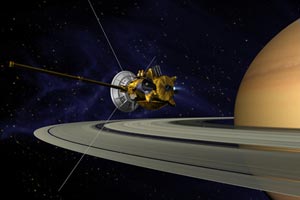
Cassini at Saturn
full story…
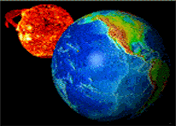
Space Weather Modeling
Framework full story…
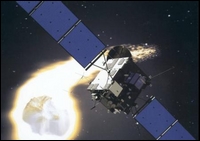
The Rosetta spacecraft.
full story…
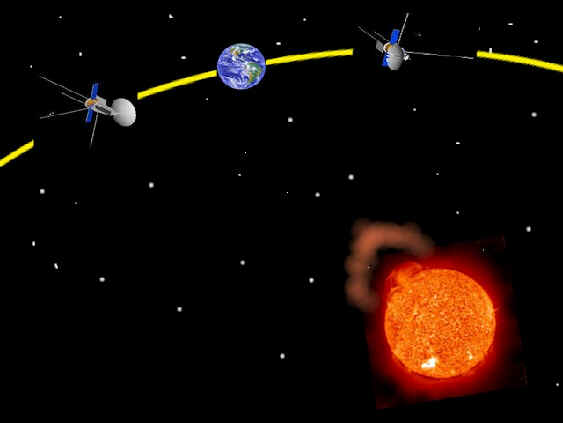
The STEREO mission
full story…
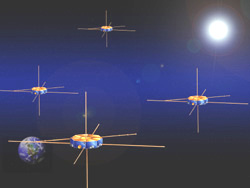
The Magnetospheric Multi-scale mission full story…
